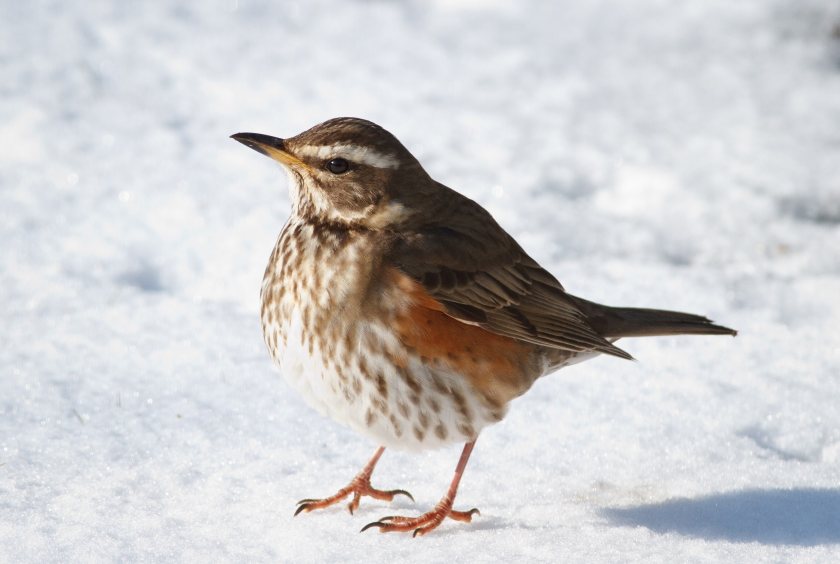
Thousands of farmers and land managers are taking half an hour out to observe and record birds as the tenth Big Farmland Bird Count gets under way.
The annual count, which runs for a fortnight, is seen as an opportunity to take stock of the health of birds on farms across the country.
Organised by the Game & Wildlife Conservation Trust (GWCT) since 2014, the citizen science project asks farmers and land managers to spend just 30 minutes undertaking it.
The aim is to encourage them to support farmland birds and to highlight the work already done by many of them to help reverse species’ declines.
The count also gives a vital national snapshot of the health of the UK’s farmland birdlife.
Species like yellowhammer, corn bunting and linnet are heavily reliant on the stewardship of farmers and land managers for their populations to thrive.
Joe Stanley, NFU county chair and head of training at the GWCT’s Allerton Project demonstration farm, launched the bird survey this morning (3 February).
He said the count was “a fantastic initiative which gives farmers and land managers a simple way of recording the effect of any conservation work they may have undertaken on their land.”
He added that it was a way of getting the message out to the British public that farmers "are proud to act as stewards of our land."
Emma Jackson, of the North Essex Farm Cluster, agreed: "As farmers and landowners, participating in the GWCT Big Farmland Bird Count is a really accessible way of tracking the natural capital we have on farms.
"It's so important for us to know what wildlife our farms support, and to see the impact of conservation and stewardship schemes we engage in.”
Emma, who represents the cluster of more than 40 farmers, who work together on landscape-scale conservation projects, organised a farmland bird event ahead of this year’s count.
The event brought farmers and landowners together with local group the Essex Birdwatching Society and an RSPB conservation advisor.
She said the aim was to “share ideas about supporting our farmland bird populations and to get support to identify the birds we have on our farms."
Bird identification guides and videos are available online, along with guidance on how to support birds on farmland.
